Dairy Cow Nutrition and Feeding Guide for Each Stage
Dairy farms rely on silage, hay and TMR, but during weaning and peak milk these feeds often fall short. Pellet feed, with balanced nutrition and easy use, is becoming a valuable tool for better herd management.
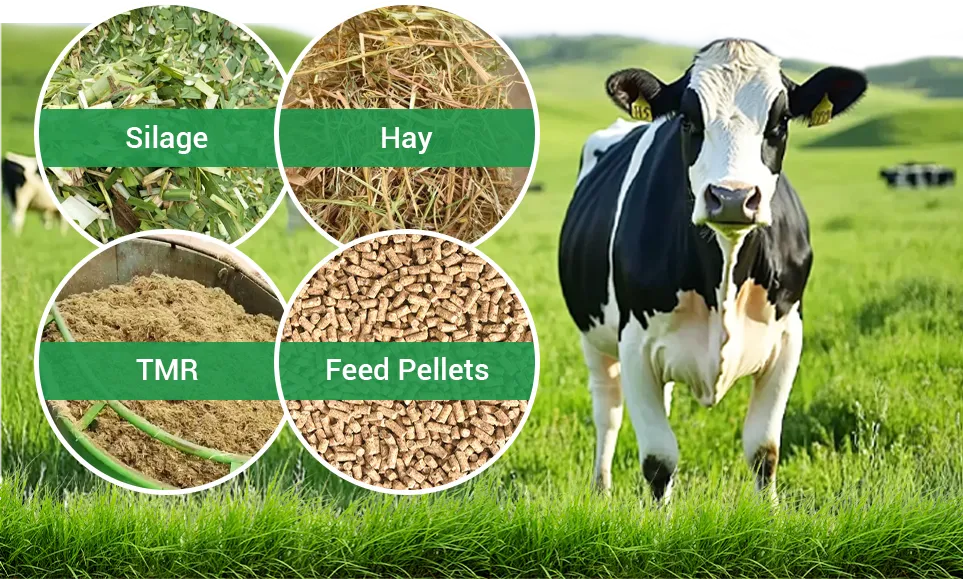
Optimizing Calf Weaning Management
The transition from liquid to solid feed is one of the most critical stages in dairy farming.
During the first months from birth through weaning, a calf's nutritional needs change rapidly, making it essential to adjust feeding strategies accordingly.
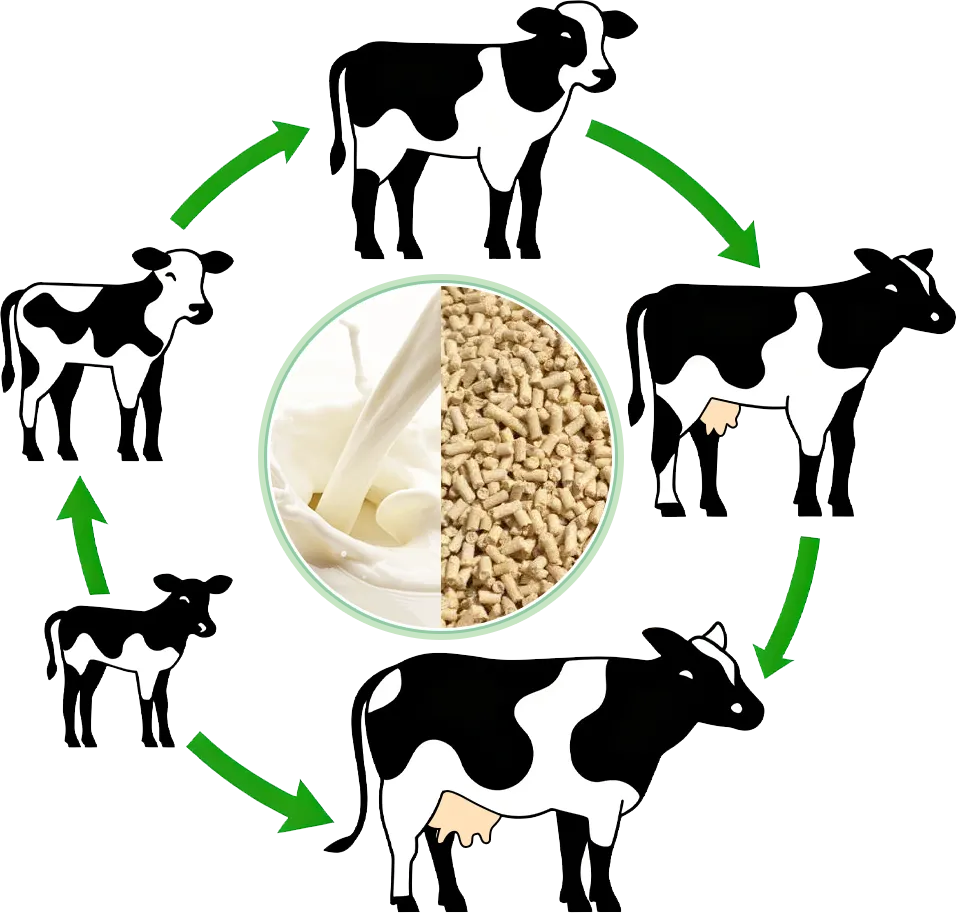
First Three Days After Birth
Colostrum is the calf's only nutrition, supplying energy, protein, and vital immunoglobulins for immunity. Calves should receive enough warm, clean colostrum within two hours of birth.
On commercial farms, feeding is usually about 6 liters per day. Fresh water should also be offered early to support health and reduce urinary problems.

Two Weeks
Starter pellets can be gradually introduced while milk remains the main diet.
Daily intake should be limited to about 50 g, with pellet size of 3–4 mm for easy chewing and digestion, supporting rumen development. Small amounts of soft forage, such as sweet potato vines or good-quality hay, also promote rumen growth.

* A good starter should have 18–20% crude protein and at least 6.5 MJ/kg net energy.
One Month
Calves should receive 3–4 liters of milk daily, usually in two feedings. Starter intake can increase to about 120 g per day, supporting the gradual shift from liquid to solid feed.
Two Months
Feeding should focus on solid feed. Milk is reduced to 2–3 liters per day, while starter is offered freely to ensure over 500 g of dry matter intake.
Clean, fresh water must always be available to support healthy growth.
Three Months (Weaning Preparation)
Calves enter the weaning stage. Milk is reduced to 1–2 liters daily, while higher-density finisher pellets are introduced.
Once starter intake reaches 700 g or more, calves are ready for weaning. This reduces stress, prevents weight loss or diarrhea, and supports steady growth. Studies show pellet feeding can increase daily gain by 10–20%.
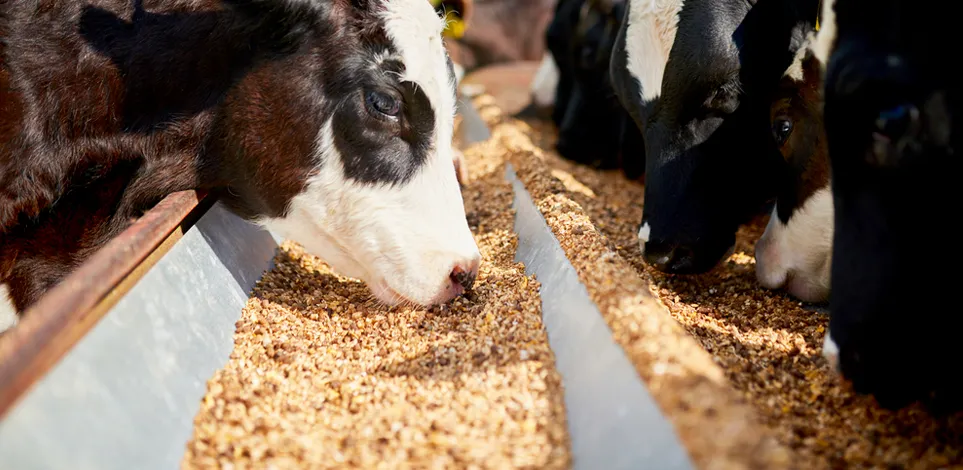
Four Months
Calves are mostly weaned at this stage and should be shifted to a calf weaner meal while gradually increasing hay and silage.
The right balance of pellets and forages helps the rumen mature quickly and supports steady growth.
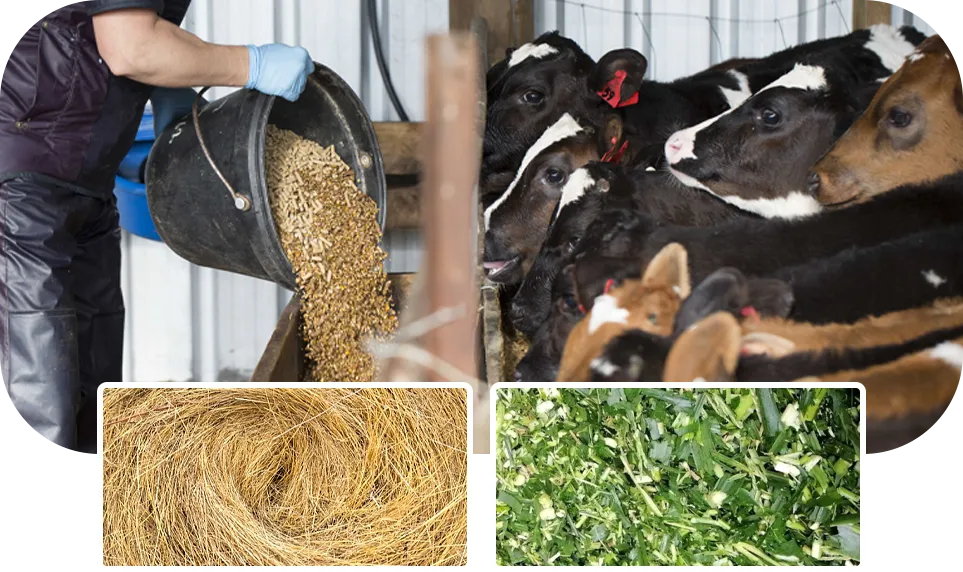
Calf Feeding Quick Reference Table
| Stage | Milk Supply | Pellet Supply |
| 0–3 days | 6–7 L/day | None |
| 2 weeks | Regular milk feeding | ≤50 g/day |
| 1 month | 3–4 L/day, 2 feedings | ≈120 g/day |
| 2 months | 2–3 L/day | ≥500 g/day |
| 3 months | 1–2 L/day | ≥700 g/day |
| 4 months | No milk | Calf weaner meal main |
Pellet feed is an effective supplement in calf weaning, providing balanced nutrition and palatability. It helps reduce stress, improve growth and survival, and enhances farm efficiency with lower risks.
Maintaining Stable Milk Yield in Lactation
The lactation cycle in dairy cows is dynamic, with nutritional needs varying greatly at different stages. While TMR provides the basic diet, silage and forage alone are often insufficient during peak production.

The key value of pellet feed lies in its precisely adjustable formulation, which can be tailored to each lactation phase to maximize milk yield and protect cow health.
Peripartum and Early Lactation
From 21 days before calving to 21 days after, cows face a negative energy balance as milk output exceeds intake, raising risks of ketosis and fatty liver.
Pellets with rumen-protected glucose or fats (e.g., palm oil, rapeseed meal, beet pulp) and 16–18% crude protein offer high energy and good palatability, helping maximize intake and support health.
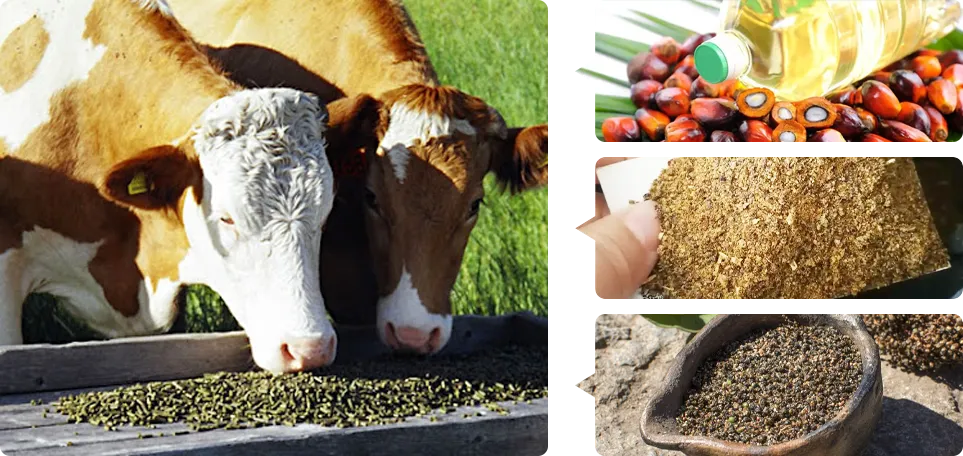
Peak Lactation
From 22 to 200 days after calving, the goal is to support cows in reaching and sustaining peak milk yield.
Diets should raise dry matter intake to over 3.5% of body weight, with the forage-to-concentrate ratio adjusted toward 40:60 and crude protein maintained at 16–18%.
However, feeding only high levels of concentrate often leads to feed sorting and rumen acidosis.
Pellet feed solves this by supplying concentrated energy and protein, improving intake efficiency, and compensating for forage gaps. It can also include buffers like sodium bicarbonate and magnesium oxide to stabilize rumen pH, supporting high yield with lower metabolic risk.
TMR Feeding Reference
| Stage | Conc:Forage | DMI (% BW) | Key Notes |
| Pre-weaning | 20:80 | 1.5–2.0 | Adequate colostrum, introduce hay |
| Post-weaning | 40:60 | 2.0–2.5 | More concentrates, add silage |
| Early lact. | 50:50 | 3.0–3.5 | High energy, add fat/sugar |
| Peak lact. | 60:40 | 3.5–4.0 | Max intake, add buffer |
| Late lact. | 40:60 | 3.0–3.5 | Lower energy, more forage |
| Dry period | 30:70 | 1.8–2.2 | Forage-based, control BCS |
Make Your Own Dairy Cattle Feed
Pellet feed helps farms manage cattle nutrition more precisely. But relying only on purchased feed is costly and makes it hard to adjust for your herd's needs.
With a pellet machine, you can produce feed on your own. It's usually a more economical and efficient choice.
With a pellet machine, you gain:
- Lower feed costs and higher profits
- Flexible rations tailored to each stage of growth
- Consistent pellets that keep cows eating well and producing steadily
- Easier storage and transport with less waste and smoother management
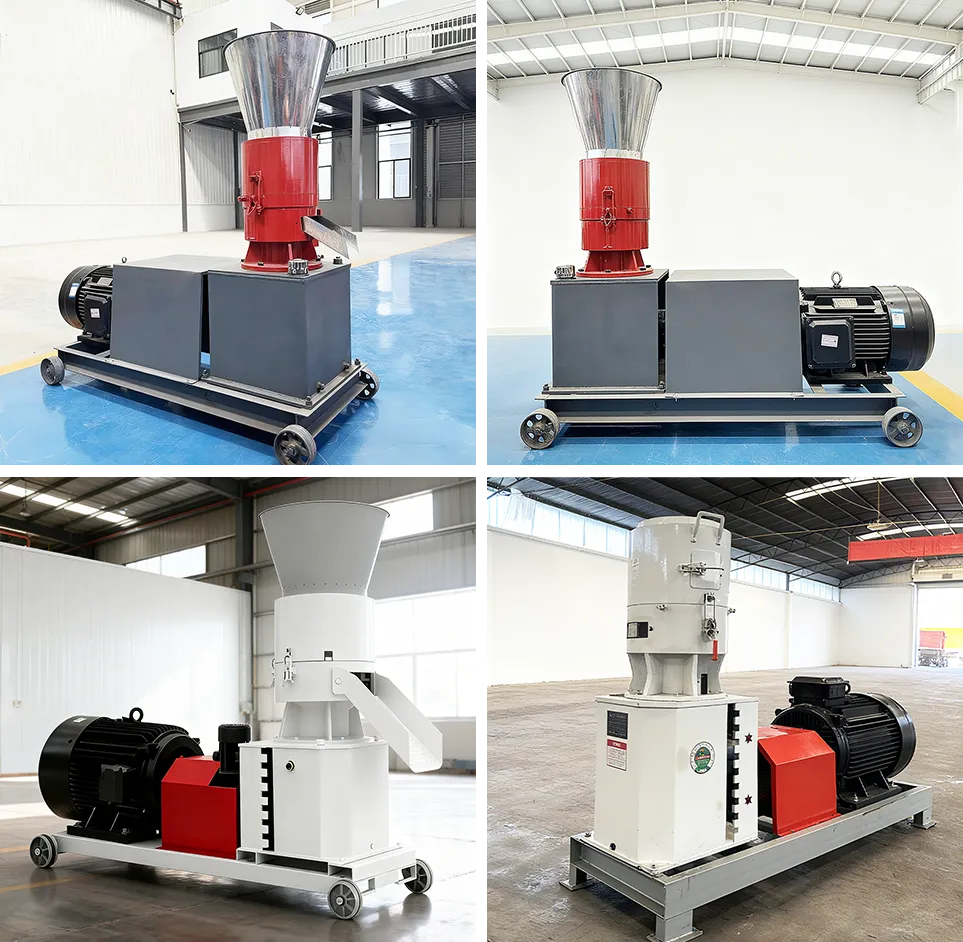
Want to produce your own dairy cow feed pellets? Contact us for solutions and a quote.
Dairy Cow Feed Pellet Formulas by Stage
| Stage | Protein % | Energy (MJ/kg) | Key Ingredients |
| Starter | 18–20 | ≥6.5 | Corn, soybean meal, skim milk, fish meal, hay, vitamins, minerals |
| Finisher | 13–14 | 5.8–6.2 | Corn, soybean meal, cottonseed meal, bran, hay, premix |
| Early Lact. | 16–18 | 6.8–7.2 | Corn, soybean meal, rapeseed meal, distillers grains, cottonseed, molasses, oil |
| Peak Lact. | 16–18 | 6.5–7.0 | Corn, soybean meal, cottonseed, beet pulp, distillers grains, oil, minerals |
| Late Lact. | 12–13 | 5.5–6.0 | Corn, soybean meal, cottonseed meal, rice husk, hay, minerals |
| Dry Period | 12–14 | 5.0–5.5 | Straw, rice husk, alfalfa hay, corn, bran, minerals, vitamins |
Reference: Nutrition and feeding of dairy cattle & Nutrient Requirements of Dairy Cattle
Dairy cows need tailored nutrition at every stage. Diets should center on silage, hay, and TMR, with pellets added as appropriate. Sound management supports herd health, steady milk yield, and long-term sustainability.

 Online Contact
Online Contact Send Message
Send Message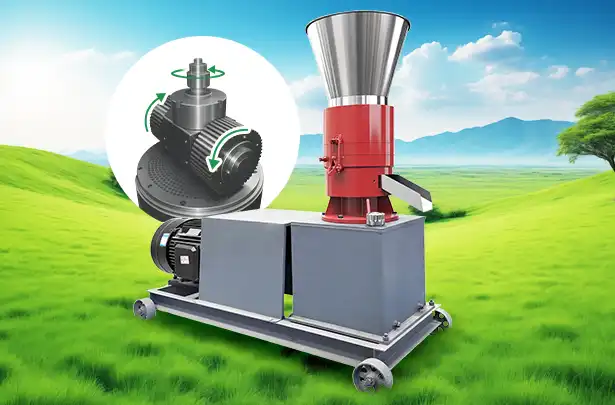
Need Some Help?
Contact us quickly and we will reply you within 24 hours. We will not disclose your information.